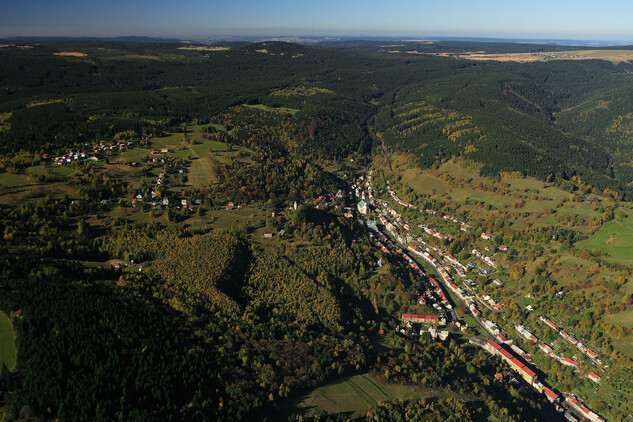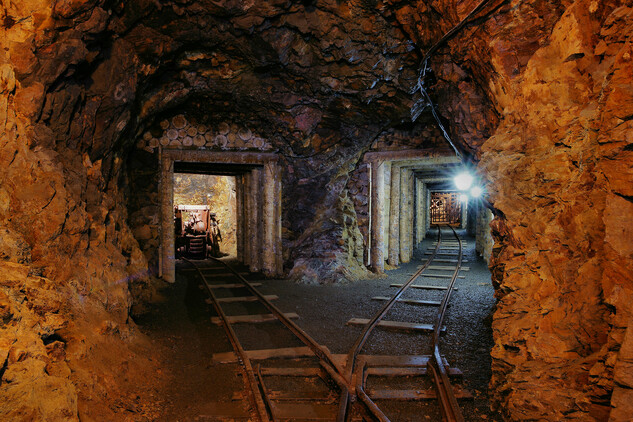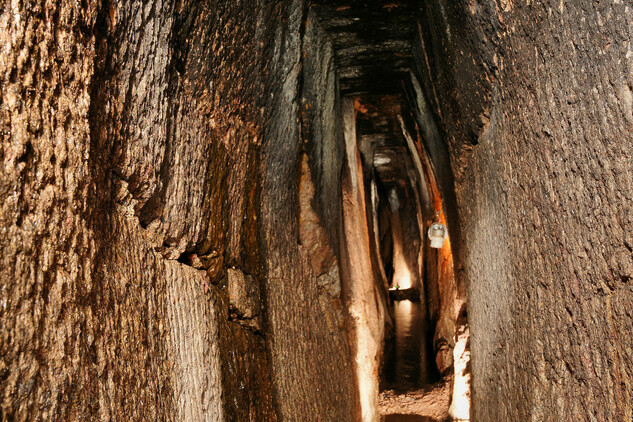Erzgebirge and Kladruby inscribed on the UNESCO World Heritage List

Two successful projects for the Czech Republic at once, after sixteen years! The number of Czech heritage sites included in the UNESCO World Heritage List has increased to fourteen, after the inscription of the Erzgebirge/Krušnohoří Mining Region and the Landscape for Breeding and Training of Ceremonial Carriage Horses at Kladruby nad Labem. It was decided by the UNESCO World Heritage Committee at its 43rd meeting in Baku, Azerbaijan.
Erzgebirge/Krušnohoří (Ore Mountains) spans a region in south-eastern Germany (Saxony) and north-western Czechia, which contains a wealth of several metals exploited through mining from the Middle Ages onwards. The region became the most important source of silver ore in Europe from 1460 to 1560 and was the trigger for technological innovations. Tin was historically the second metal to be extracted and processed at the site. At the end of the 19th century, the region became a major global producer of uranium. The cultural landscape of the Ore Mountains has been deeply shaped by 800 years of almost continuous mining, from the 12th to the 20th century, with mining, pioneering water management systems, innovative mineral processing and smelting sites, and mining cities.
Landscape for Breeding and Training of Ceremonial Carriage Horses at Kladruby nad Labem is situated in the Střední Polabí area of the Elbe plain. The site consists of flat, sandy soils and includes fields, fenced pastures, a forested area and buildings, all designed with the main objective of breeding and training kladruber horses, a type of draft horse used in ceremonies by the Habsburg imperial court. An imperial stud farm was established in 1579 and has been dedicated to this task since then. It is one of Europe’s leading horse-breeding institutions, developed at a time when horses played vital roles in transport, agriculture, military support and aristocratic representation.




















